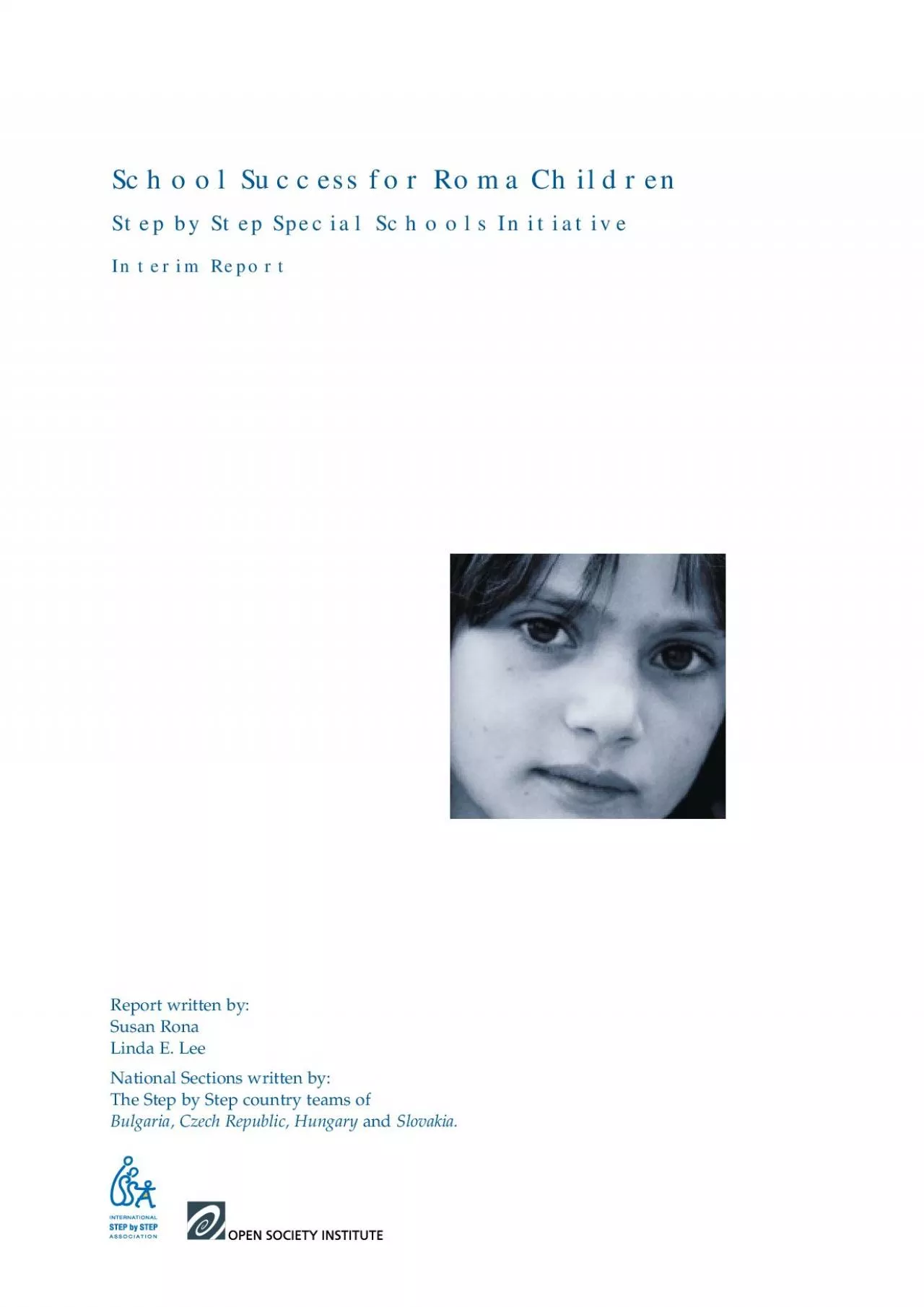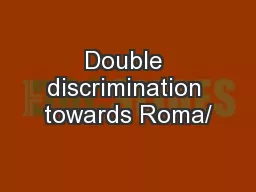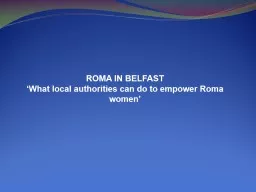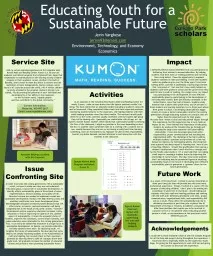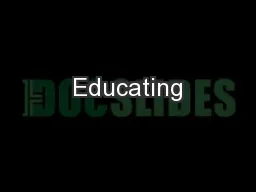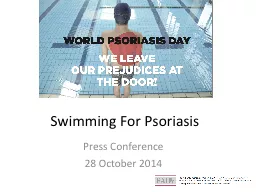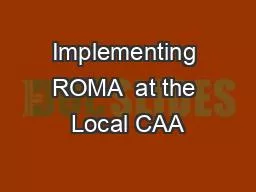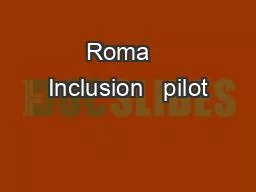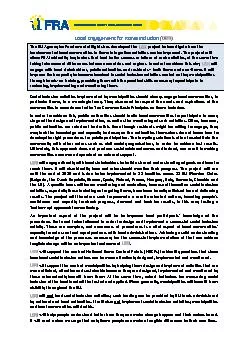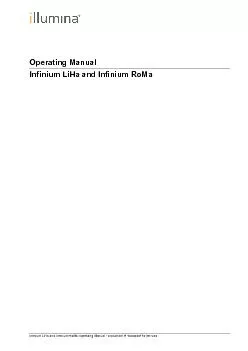PDF-PrefaceThe issue of developing successful models for educating Roma ch
Author : carla | Published Date : 2021-08-21
I firmly believe the entire team would agree that this project would not have been possible without the vision leadership tireless effort and unique insights of
Presentation Embed Code
Download Presentation
Download Presentation The PPT/PDF document "PrefaceThe issue of developing successfu..." is the property of its rightful owner. Permission is granted to download and print the materials on this website for personal, non-commercial use only, and to display it on your personal computer provided you do not modify the materials and that you retain all copyright notices contained in the materials. By downloading content from our website, you accept the terms of this agreement.
PrefaceThe issue of developing successful models for educating Roma ch: Transcript
Download Rules Of Document
"PrefaceThe issue of developing successful models for educating Roma ch"The content belongs to its owner. You may download and print it for personal use, without modification, and keep all copyright notices. By downloading, you agree to these terms.
Related Documents

